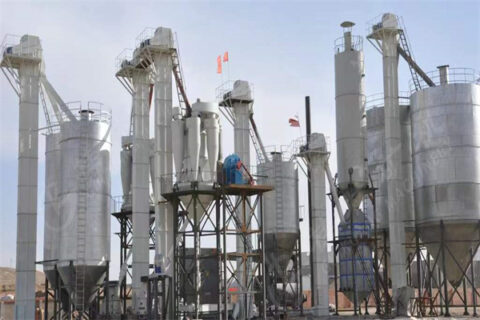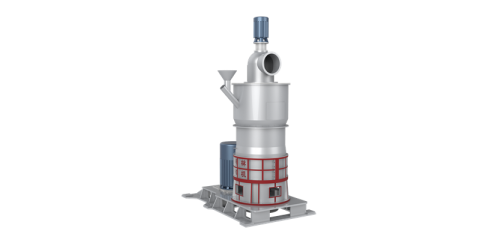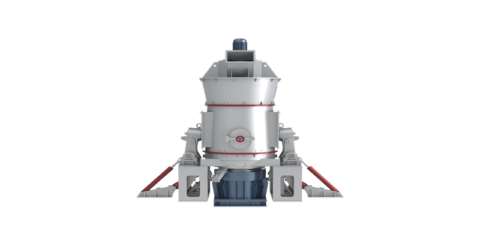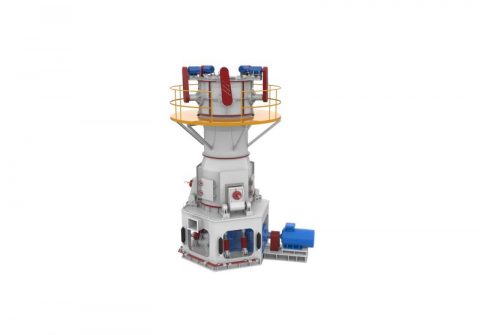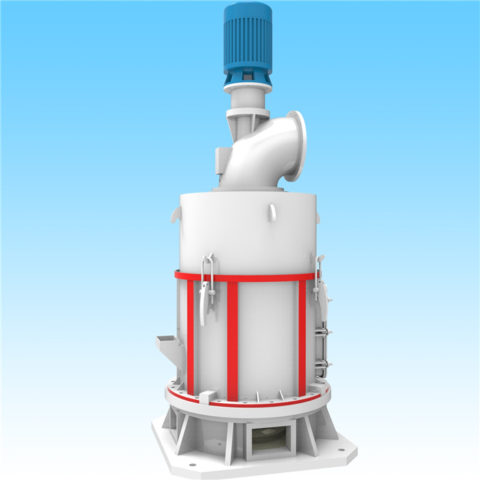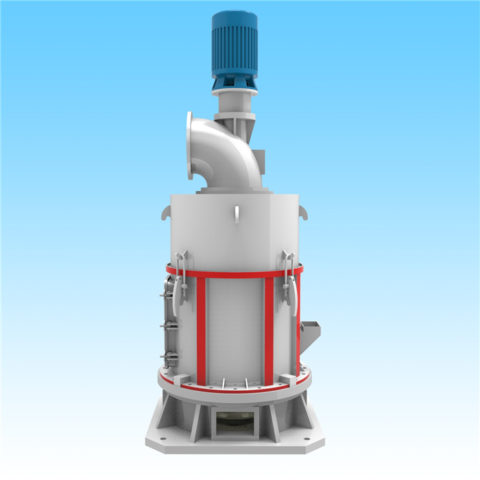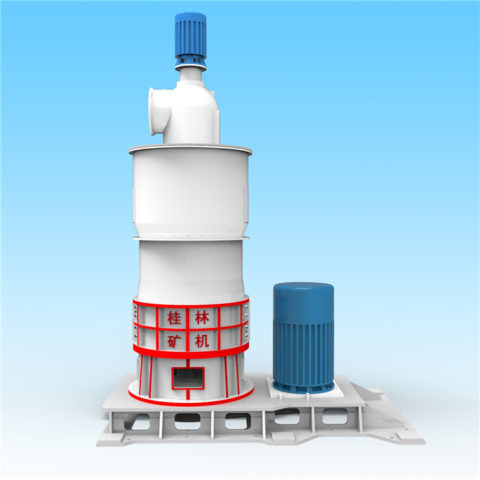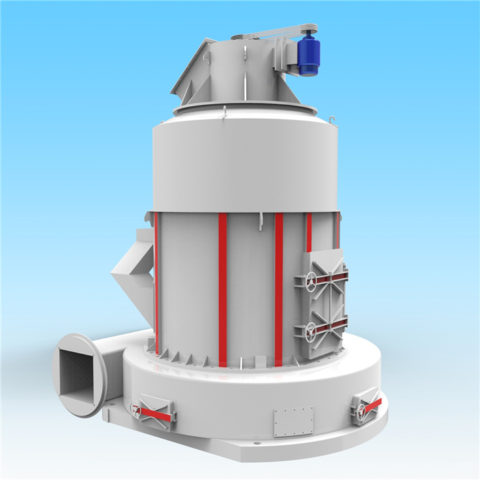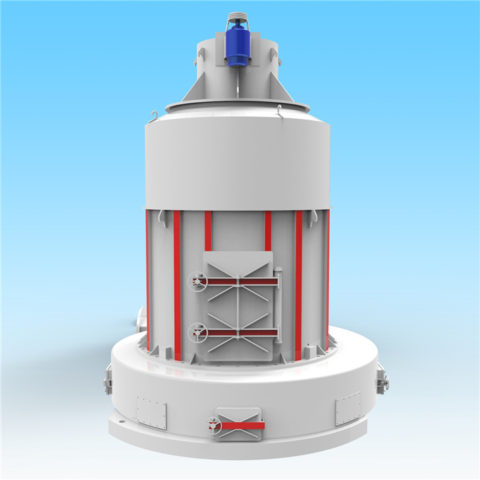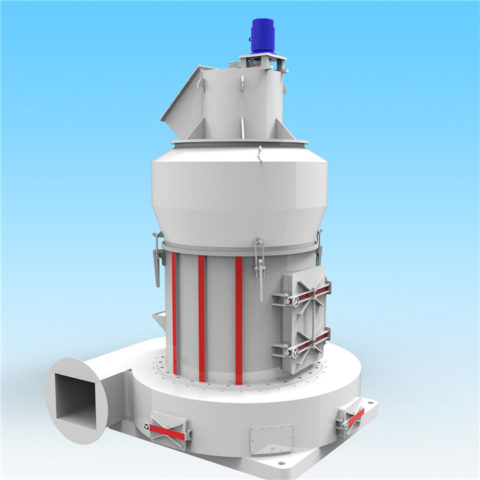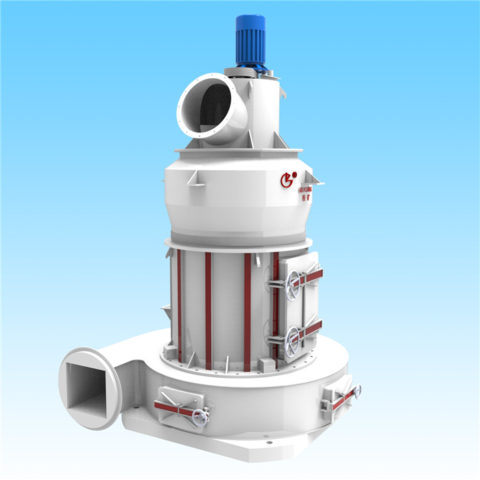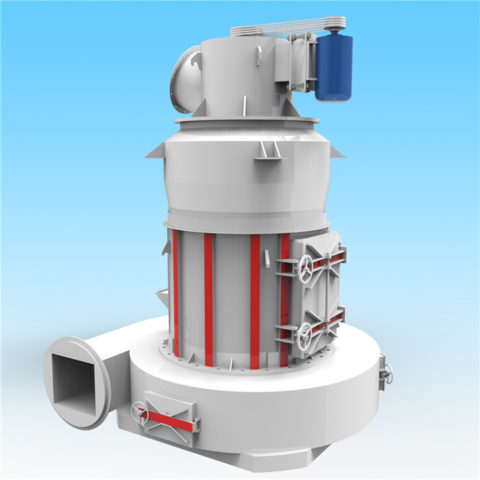The GUIKUANG Raymond Mill (pendulum roller mill) demonstrates exceptional adaptability across diverse industrial applications, cementing its position as a preferred grinding solution in mining, construction materials, and chemical sectors. Engineered to process materials with Mohs hardness below 7 and moisture content under 6%, it efficiently handles limestone, marble, barite, dolomite, and activated carbon. Its adjustable fineness range (80-400 mesh) accommodates precise particle size requirements through optimized airflow and roller pressure controls, ensuring compatibility with both coarse grinding and ultra-fine powder production. The mill’s modular design allows customization of components like classifiers and grinding rings to match specific material characteristics, minimizing processing bottlenecks.
From a cost perspective, the GUIKUANG Raymond Mill delivers significant competitive advantages. Its energy-efficient design reduces power consumption by 20-30% compared to conventional mills through optimized roller suspension systems and precision-balanced rotating components. The use of high-chromium alloy grinding rollers and forged blades extends wear-resistant part lifespans by 40%, dramatically lowering replacement frequency and maintenance costs. Simplified accessibility to core components enables swift servicing, reducing downtime by approximately 35% versus industry averages. Operational expenses are further curtailed by the mill’s ability to operate continuously under full loads without vibration anomalies, supported by advanced pulse dust collectors that achieve 99.9% filtration efficiency—eliminating ancillary environmental compliance costs.
Strategic material recycling capabilities enhance cost-effectiveness, with internal airflow systems reclaiming oversize particles for regrinding, boosting yield rates to 98.5%. The mill’s compact footprint and vertical structure minimize infrastructure investments, requiring 15-20% less floor space than horizontal grinding systems. With a service life exceeding 15 years under proper maintenance, the total ownership cost per ton of processed material remains 18-25% below comparable mills, making it a fiscally prudent choice for mid-to-large-scale operations prioritizing both performance scalability and budgetary discipline.


